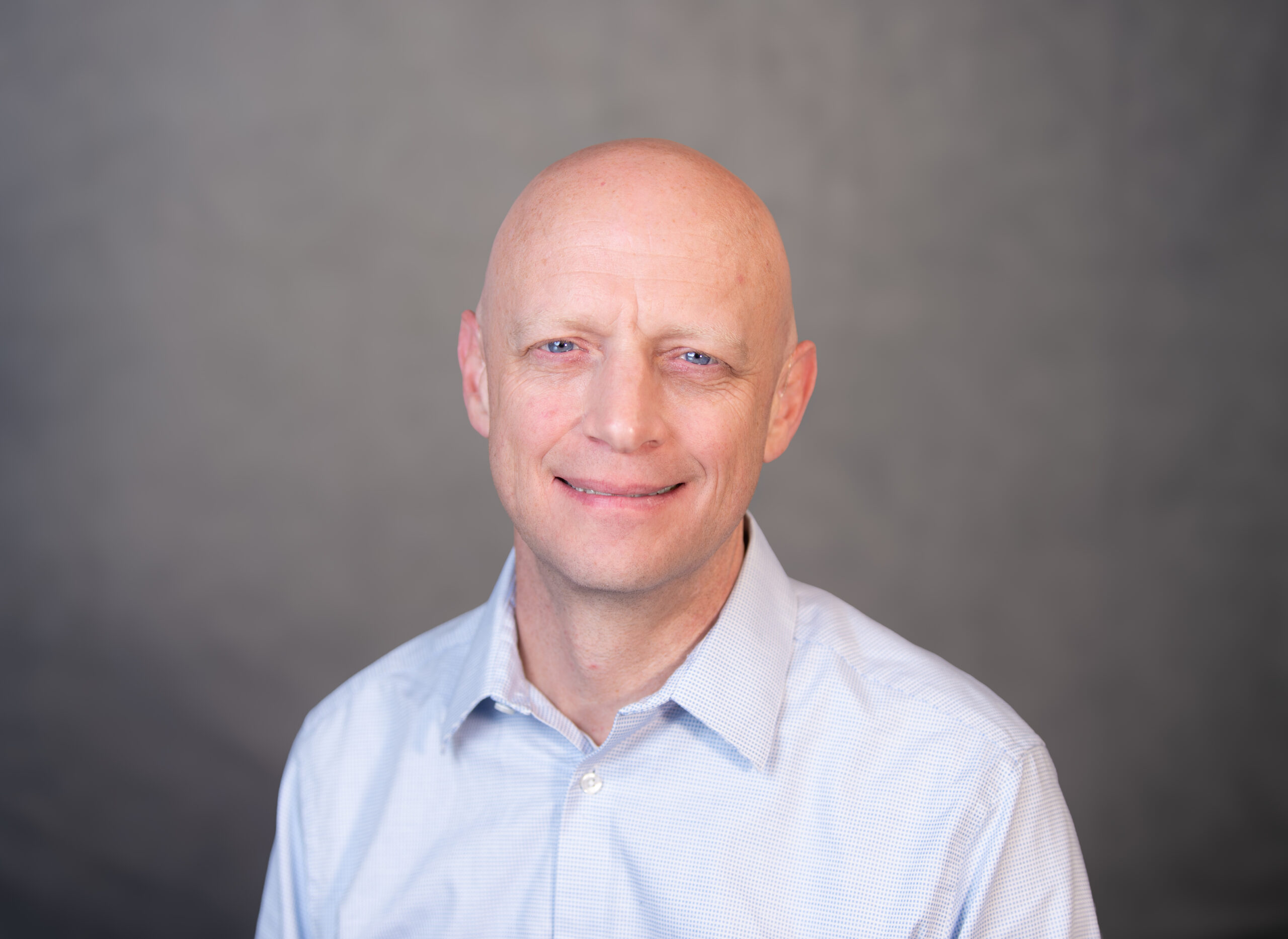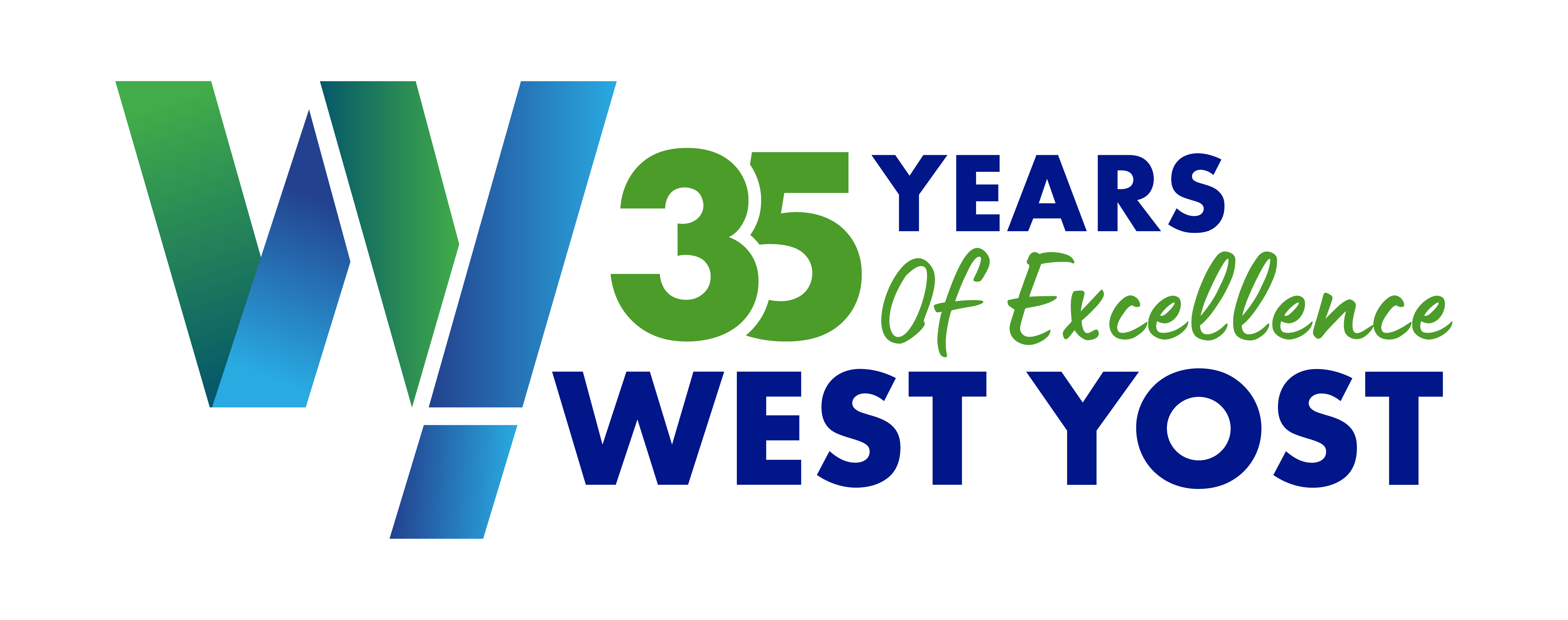Embracing the Future of Water Planning with Digital Twin

By: Ked Szana, Digital Twin Modeling Specialist, Water Sector
This article contains and answers the following:
- Using Digital Twin to understand, manage, and optimize water systems
- How Digital Twin supports the design and construction of a project
- How West Yost is advancing water planning with Digital Twin
- What is Digital Twin?
- How can Digital Twin help enhance your project?
- How is West Yost using Digital Twin?
As a new modeling expert at West Yost, I’ve had the unique opportunity to join a team that’s not only leading in water planning but also using digital twin technology to enhance the water sector. Digital twin is revolutionizing how we understand, manage, and optimize water systems, and I’m excited to be part of this transformation.
So, what exactly is a digital twin?
A digital twin is a dynamic, real-time digital replica of a physical system. Unlike traditional simulations, which are static and limited to specific scenarios, digital twins are “living” models that continuously evolve. They integrate real-time data from sensors and systems, enabling us to simulate, analyze, and optimize performance across the entire lifecycle of an asset.
“Digital twins are designed around a two-way flow of information… insights created by the processor are shared back with the original source object.”, IBM explains. This feedback loop allows for continuous learning and improvement, making a digital twin far more powerful than conventional models.
In the Architecture, Engineering, and Construction (AEC) industry, digital twins are becoming essential tools. According to Autodesk, they serve as comprehensive replicas of built assets, whether it’s a single building, a bridge, or an entire city. These models support everything from design and construction to operations and maintenance, offering a common data environment that evolves with the asset.
“We don’t just deliver a model, we build a roadmap tailored to each client’s data, goals, and operational needs.”
At West Yost, we’re applying digital twin technology to water systems in innovative ways such as hydraulic modeling, forensics and planning, operational optimization and more. Our team has over a decade of experience implementing digital twin across the U.S. and internationally. We work closely with utility operators, IT professionals, and engineers to ensure the digital twin is user-friendly and impactful.
Here’s how we’re using digital twin in our water planning services:
- Enhanced Hydraulic Modeling: Our digital twins serve as operational hydraulic models that reflect system performance every day of the year. This improves the accuracy of Capital Improvement Plans and supports new assets to perform at their peak.
- Event Forensics and Planning: We use digital twins to analyze past system events and simulate future scenarios, helping utilities prepare for outages, floods, and other challenges.
- Operational Optimization: Operators can use digital twins to plan daily operations, test control setpoints, and proactively manage water quality and pressure zones.
- Water Loss and Quality Management: By integrating flow and AMI data, we help utilities detect leaks and optimize disinfectant use, improving service while reducing costs.
- Flood Forecasting and Overflow Reduction: Our models forecast flood depths and velocities, enabling proactive road closures and optimized sewer system operations during storms.
What sets West Yost apart is our collaborative and strategic approach. We don’t just deliver a model, we build a roadmap tailored to each client’s data, goals, and operational needs. Our digital twins are adaptable, expandable, and designed to grow with your system.
I’ve been inspired by how digital twins are not just a technological upgrade, they’re a paradigm shift. They empower utilities to make smarter decisions, reduce risk, and plan for the future with confidence.
At West Yost, we’re not just modeling systems, we’re modeling the future of water.
For more information about how we’re using digital twin and its impact on how we serve our partners and communities, reach out to me or visit our Water service page.

Ked Szana
Ked has over 24 years of experience modeling distribution, collection, and flood systems and has modeled systems of all types and sizes around the world. He has trained over 1,800 engineers in distribution and collection systems modeling. Ked specializes in GIS/model integration, master planning, operational modeling, advanced water quality modeling, transients, 2D, and digital twin/real-time modeling applications for planning and analysis for municipal water providers, reclaimed systems, and water quality regulations. Ked has worked extensively with water quality and SCADA integrated operational models. Ked has multiple years’ experience working for modeling software companies, water utilities, consultants, and has also free-lanced as a modeler. Ked is the chair of the AWWA Digital Twin Committee and an Author of the AWWA M89 Manual.
.
